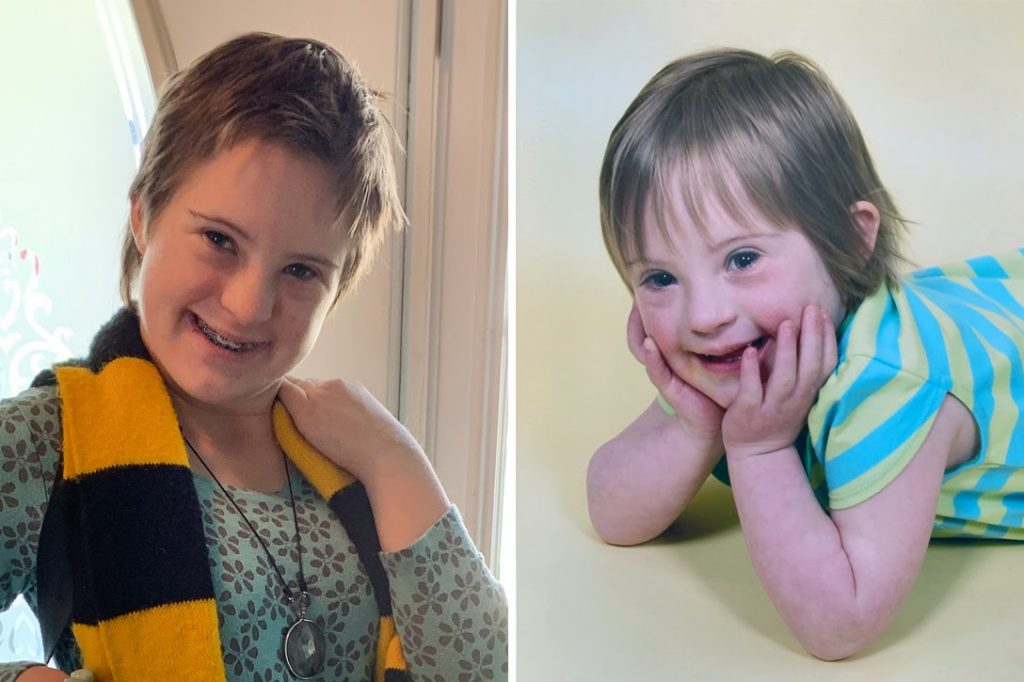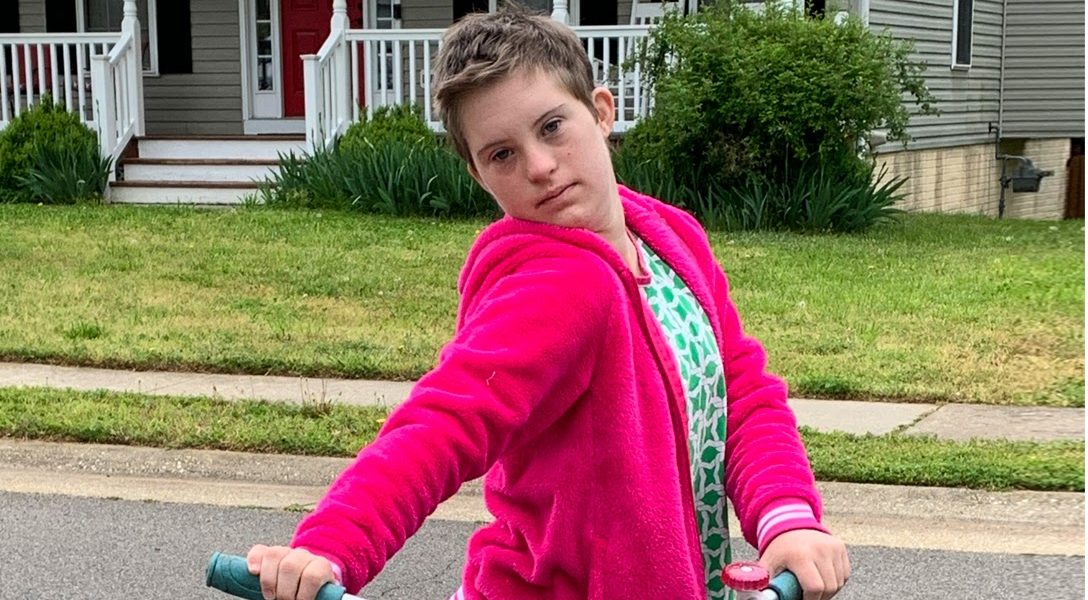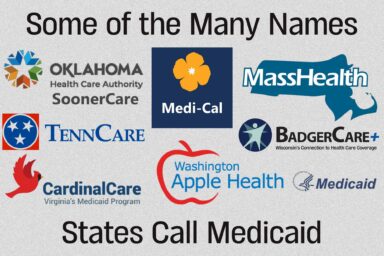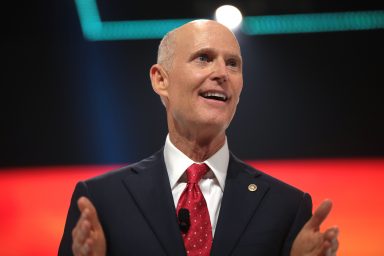Going to School Has Never Been Safe for My Child
Due to COVID-19, conventional school is less an option than ever.
Due to COVID-19, conventional school is less an option than ever for my immunocompromised daughter.
This story is part of WhoWhatWhy’s ongoing series on the challenges and opportunities the coronavirus pandemic poses for the US education system on all levels. Parents, teachers, and students have volunteered to share their stories of how the coronavirus is affecting America’s most vulnerable populations.
My eldest, Josie, is fourteen and has a dual diagnosis of autism and Down syndrome. Patients with Down syndrome are often immunocompromised, and have about a twelvefold increased risk of infectious diseases, in particular, pneumonia. This makes her especially susceptible to COVID-19. She’s been homeschooled most of her life.
In 2009, I dropped three-year-old Josie at public preschool for the first time, on a Monday morning. About an hour later, they called me to come pick her up. She was sick with diarrhea. The only germs she had been exposed to were from the preschool that we toured on Friday.
From that first day, her forays into public school through the following years followed a pattern: She was well for a few days, then sick for a few days. Several life-threatening hospitalizations, plus months of accrued sick days, made home learning a reasonable accommodation. When we assess the option of public school, it is always with an eye on her compromised immune system.
I homeschooled Josie from age three to five. This was supplemented by a few short sessions each week at the school for speech therapy and to work with a special educator on skills such as cutting paper and matching shapes.
She was rarely ill when she worked one-on-one with the teacher in a sanitized space. For ages five and six, Josie was homeschooled without an Individualized Education Program, and she received speech and occupational therapy in a private clinic — a more sterile environment than a public school, but still risky depending on the season.

Josie, at age seven, wanted to try public school again, so we let her enter first grade (a year behind her peers of the same age, but a good fit). Within a few weeks, she brought home a pneumonia that was a heavy hitter (I even caught it, and it lasted for a month).
If you were to calculate her sick days from September to March that school year (we returned to homeschooling that March at her request), it would average that for every five days, she was sick for at least two. In the contest of Josie vs. industrial-strength school germs, school germs always won.
At the beginning of the 2019-20 school year, Josie was 14 and excited to try school again. I work as an integrative education consultant and advocate, so I began looking for a flexi-schooling option where she could do some job training and culinary arts classes, and we could also add some home learning to equip her for the utmost success.
Flexi-schooling is an arrangement between guardians and schools that combines school services and classes with home learning. It is gaining popularity, especially in the special needs community, since it recognizes that many individuals do not do well in a traditional school setting.
Flexi-schooling offers the best combination of school resources and home options. When their children reach Josie’s age, most guardians begin transition-planning for their students with special needs. This helps develop a curriculum for preparing for college, job training, or long-term schooling (many students can attend public school till age 22).
Enter COVID-19
Sadly, when the COVID-19 pandemic struck, these flexi-schooling plans became impossible. Josie is at high risk for respiratory illness, and COVID-19 is serious. My husband is minimizing in-office work and trying to work from home as much as possible. I shifted all of my out-of-home work and in-person yoga teaching to online. For the foreseeable future, until infection rates decline significantly enough, we’re avoiding traditional social engagements.
Although Josie was homeschooled, she was never isolated. Pre-pandemic, Josie went to her care attendant’s house two days a week to bond and play learning games. She went to park days and co-op potluck parties with homeschooled family friends. She went out to eat and saw movies in theaters, ran errands to the post office, and checked out books from the library and chatted with librarians.
Has Trump Backer and Education Czar Betsy DeVos Gone Too Far?
Pandemic isolation has not been good for her. She is developing patterns that will be difficult to break, such as not leaving the house or neighborhood. Josie is finding online engagement with others on platforms such as Zoom difficult. She would rather watch a show on the computer than work hard in a speech group.
Her limited friendships are kept active through messenger apps, but these are less fun than riding a bike together with friends or drawing with chalk in the driveway.
I try to hold onto the positives from these massive shifts and behavioral changes. Finally, folks may understand the importance of wearing masks when they have active coughs (I have been longing for this since Josie was a baby in 2006). Many teaching programs are shifting online (which offers more choices and options for programming that Josie can watch over and over, adaptive to her need for repetition and visual learning). There is a new willingness to adapt classroom learning to remote learners — this can be so helpful for many.
As of June 2020, we do not intend to send Josie into community settings (anything indoors seems too risky), including any school or job setting.
Many people forget that Virginia is also devastated by other respiratory illnesses each fall: RSV, croup, influenza A and B, and other pneumonia-inducing viruses. Our state will likely sustain heavy losses due to respiratory illness this year. I hope that we can reassess in the future, but this is not likely to happen until summer of 2021 at the earliest.
We’re praying and working hard, hoping that we can spare Josie this by keeping her at home, minimizing as much risk as we can, grateful for each day we have her.
Sarah Blunkosky, MA, RYT, is an education consultant, independent research historian, professional advocate, and mother of three in Fredericksburg, VA.



